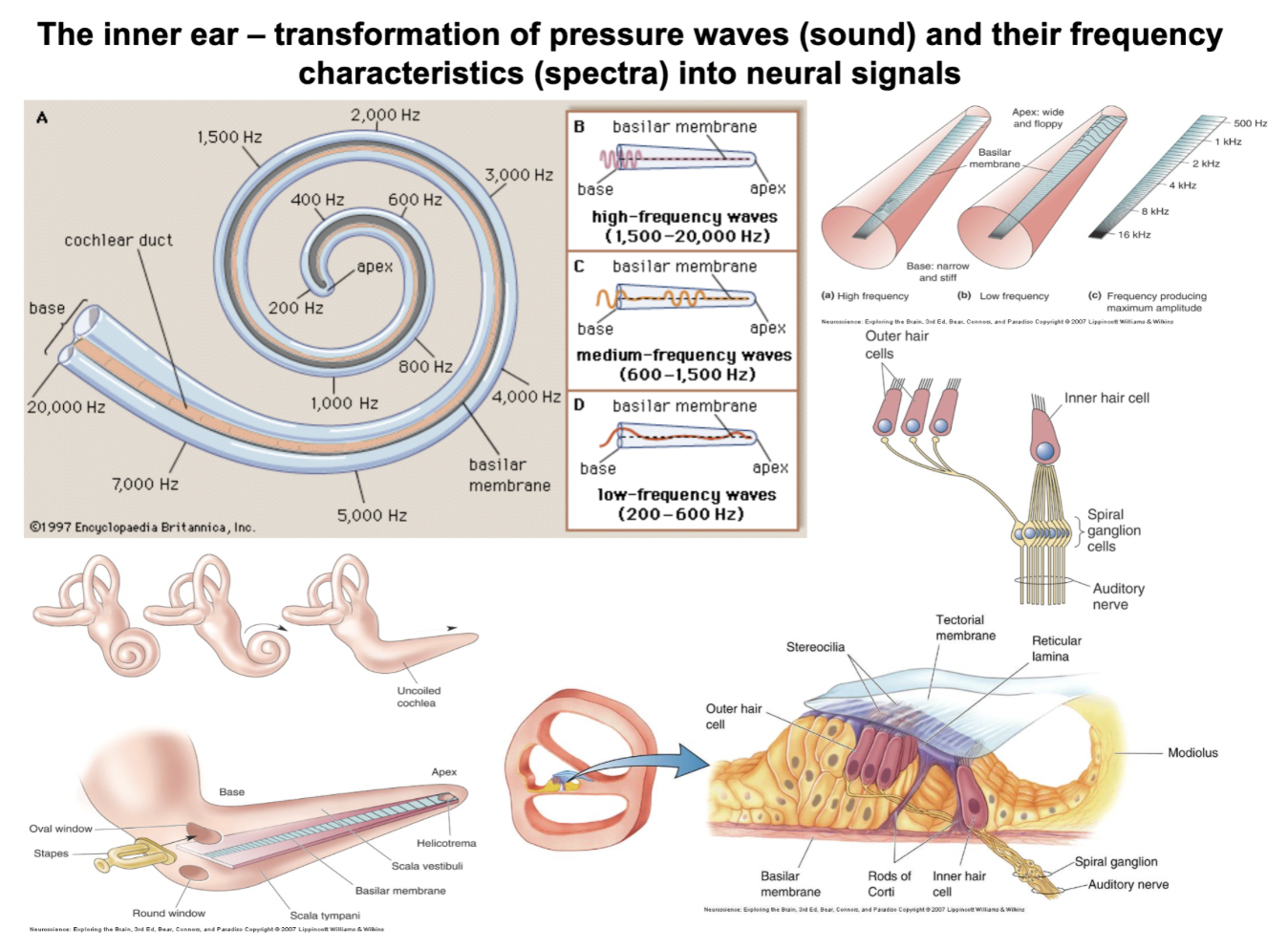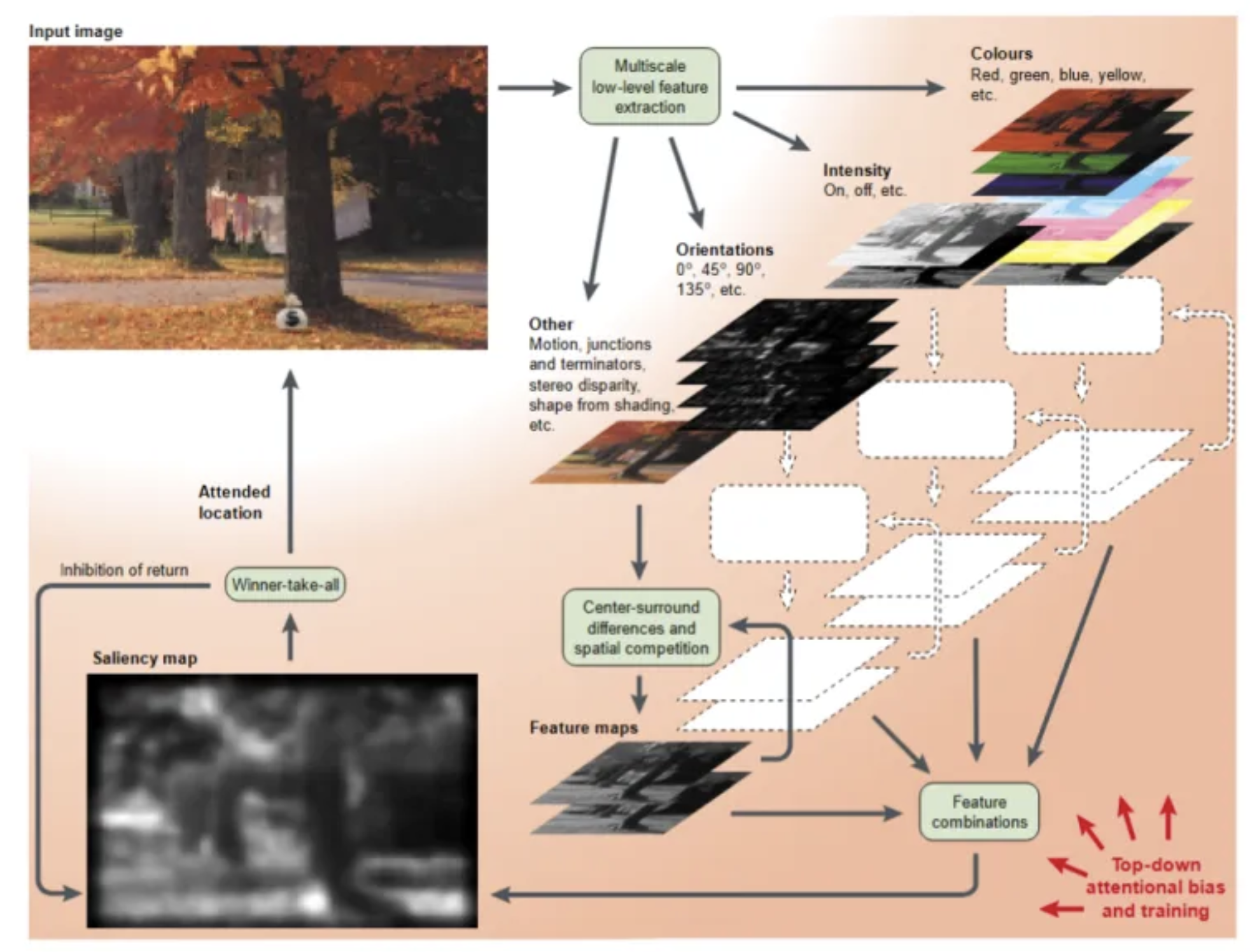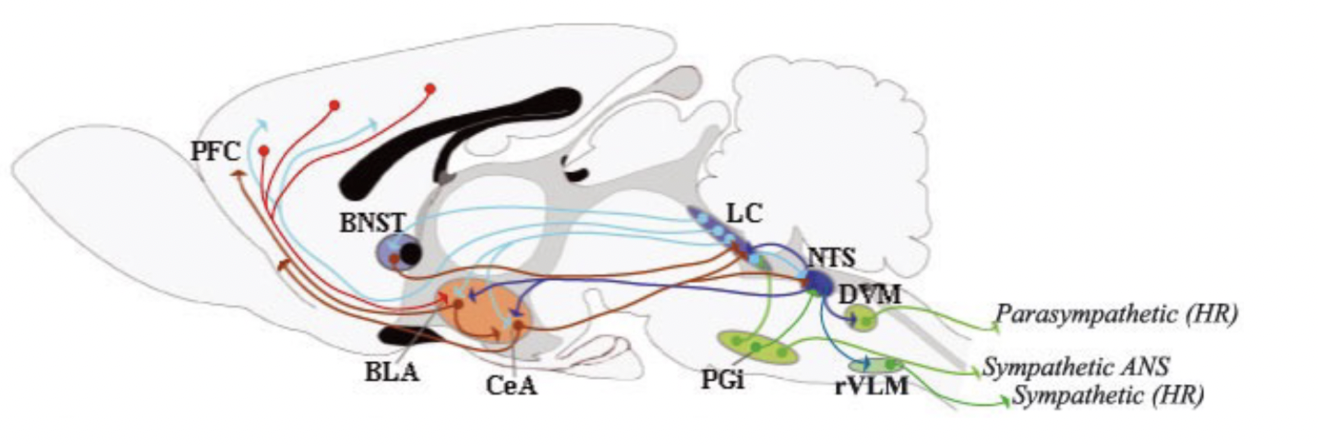Inspiring Brain🧠
Sensory, Processing, Affective Neuroscience

We precieve the world, the environment, and things around us through sensory informations, through sensory receptors capturing informations (i.e. wave length of light (visual color), checmical flying in airs (smells),...) and delivering it to many sophesticated informational pathway that sends information across the brain for processing. From there on, we may talk about perception or deeper processing of these informations in PFC or in Amygdala (some may have direct projection, there are simply too many complciated circuit in the brain for information procesing that spreads spatially and temporally, sometimes reaching the same target across different time periods). I like to think of it as 3 layers, from sensory to processing to more higher level and affective processing.
Encode Neural Representation
Here is where neuroscience gets a little bit philosophical and wehere I find neuroscience to be facinating, on the sensory processing information, if we account that the idea or representation of the information comes from perception (i.e. you would probably know what bird singing would probably sounds like if you heard it before), but the nature of the information may not take form in such representation (i.e. birds' singing is techniqually waves and only when encoding such information in the basilar membrane from wave signal to neuronal signals is where these representations are created), then when these natural form of the information is not been captured, does the representation of the information still exist? Or in another word: "Does a sound exist when a tree falls in the forest, if no one is near enough to hear it?".

From Wave to Neural Information (Borrowed from Prof.Mooshgian's Cogs107B Slides)
Here is one of my favorite quote on ideass relating to system neuroscience:
"Our perceptions differ qualitatively from the physical properties of stimuli because the nervous system only extracts certain information from a stimulus and then interprets this information in the context of its earlier experience. We experience electromagnetic waves of different frequencies not as waves but as actual colors that we see: red, blue, or green. We experience objects vibrating at different frequencies as tones that we hear. We experience chemical compounds dissolved in air or water as specific smells or tastes. Colors, tones, smells, and tastes are mental constructions created by the brain out of sensory experience. They do not exist, as such, outside of the brain. . . . Does a sound exist when a tree falls in the forest, if no one is near enough to hear it? We now believe that the fall causes vibration in the air but not sound. Sound only occurs when pressure waves from the falling tree reach and are perceived by a living being."
From Principles of Neural Science, 3rd edition., eds. Kandel, Schwartz, & Jessell, p. 330
Representation of the World
From neural encoding, our brain builds a representation, a mental representation of the environment that we are in, a "salient map" (particularly from vision) to help us navigate. Here is an classic example that would probably be covered in an system neuroscience class and also one that illustrates some quite interesting points: Hemispatial Neglect. Hemispatial Neglect Theory discusses, under damages to the Parital Lobe and Cingulate Gyrus, the damaged brain neglects one side of the vision field completely (vision is teh most severe, but auditory, mechanical senses are also effected). This is not a sesnory problem as all the sensory pathways are intact but rather a processing issue (an "attention" one). In another word, that damaged brain's mental representaion (space's representation in the mind's eye) is missing half of the information. This example really delivers how the brain may be creating a model of the world, a represenattion of it through some fundamental processing first, illustrating that sensory information is one thing and the processed version is another. Here comes an interesting question: "would developmental differences cause different neurogenisis and synapsis formation that makes one precieve the world completely different from another?"

Vision Salient Map (Borrowed from Prof.Mooshgian's Cogs107B Slides)
Affective Processing
Now moving to more higher level and affective processing, one primary question that we should ask is: "what is emotions?". Personally, one of my favorite interpretation of emotion is from Prof.Chiba's cognitive neuroscientist's perspective, which states that:
Emotion reflects a kind of motion outward, an inferred complex sequence of reactions to a stimulus including cognitive evaluations, subjective changes, autonomic and neuronal arousal, impulses to action, and behavior designed to have an effect (functional) upon the stimulus that initiated the complex.
That is a pretty techniqual definition, but the key idea is that emotion may be a very complicated circuitery phenomenon that spans across many regions of the brain. In neuroscience, Amygdala have always been tagged as the center of emotions as people really like to classifiy biological system with engineering thinking. However, is it really 100% true that it is built for emotion? It is the center of many things that associates with emotions, but emotion processing is just a tag that we are giving to amygdala. It just happen to be a center of many information control, receive a lot bottom up sensory input, learns very quickly, monitors introceptivly while also extroreceptively, monitors reward association, and also projects greatly to many other cortical areas. It is key to realize that Amygdala is not the only player as Analysis from higher level does matter, pripor knowledge-based processing does occur, your Prefrontal Cortex plays a huge role in emotion and it is more than the stimulus of the cue or the response of the Amygdala to these cue, the interpretation of them matters.

Extended Amygdala (Borrowed from Prof.Chiba's Cogs107C Slides)
In a different word, we constructs the world we live in and we constructs such labels of emotion from a collection of big circuit and modulatory changes, from retrospective perspective, we made emotions.